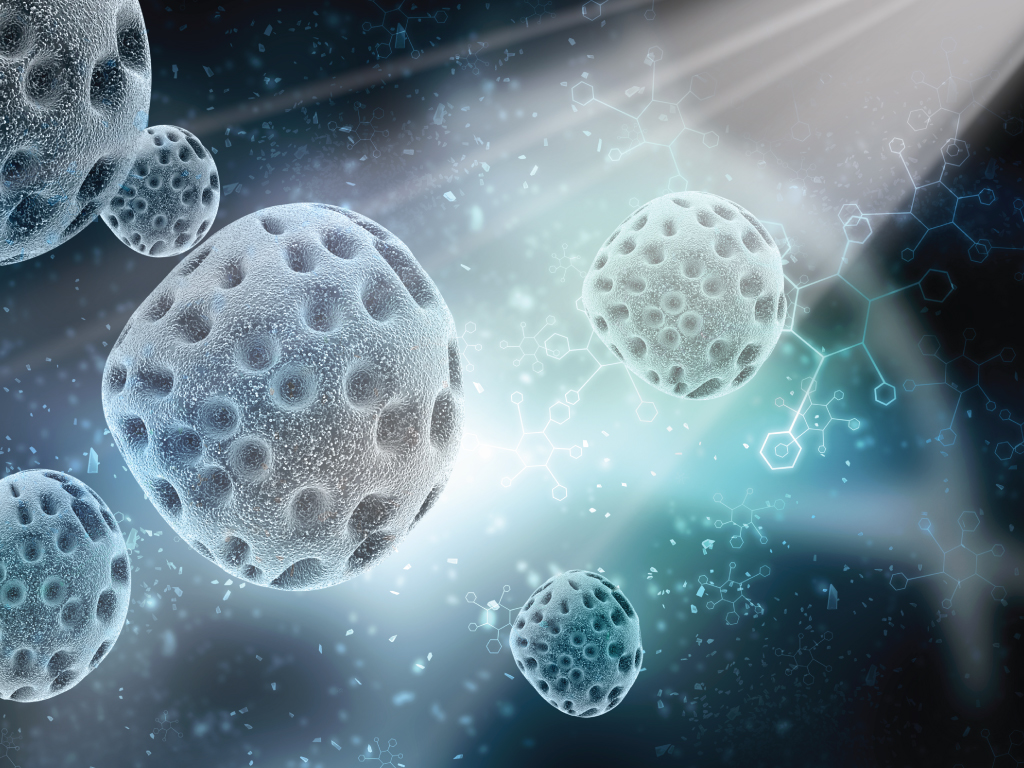How do you kill bacteria when antibiotics fail? Shine a light on the problem, new A&M study suggests

Antibiotics are standard treatments for fighting dangerous bacterial infections. Yet, the number of bacteria developing a resistance to antibiotics is increasing. Researchers from Texas A&M University and the University of São Paulo are overcoming this resistance with light.
The researchers tailored antimicrobial photodynamic therapy (aPDT) — a chemical reaction triggered by visible light — for use on antibiotic-resistant bacteria strains. Results showed the treatment weakened bacteria to where low doses of current antibiotics could effectively eliminate them.
Future work for the project involves more timing and dosage investigations and tests on other resistant bacteria strains to see if the effectiveness is universal.
“Imagine the real-life applications,” said Vladislav Yakovlev, professor in the Department of Biomedical Engineering at Texas A&M and co-director of the project. “You visit a doctor, who uses an ointment and shines a light on the infected area, and then you’re done. It would be a quick and harmless treatment as needed.”
The research results were published in Proceedings of the National Academy of Sciences, a peer-reviewed journal.
Some human cancer cell therapies already use aPDT to prevent the growth of abnormal cells but treating resistant bacteria with it is still a novel approach.
The researchers began their work by choosing the bacteria and the three main parts of aPDT needed to combat it: molecular oxygen, light, and a photosensitizer — something that creates a reaction between oxygen and light. An already FDA-approved dye called methylene blue served as the photosensitizer. The light sources were specially constructed panels of 25 LEDs in reflective cones built by the Technical Support Laboratory of the São Carlos Institute of Physics. Methicillin-resistant Staphylococcus aureus served as the bacteria, and the researchers grew cultures with the blue dye in them to ensure the photosensitizer alone would not affect the bacteria.
Most of the lab work occurred in the Texas A&M Health Science Center under Paul de Figueiredo, professor in the College of Medicine.
At first, the team used aPDT by itself at various light strengths, durations, and in a specific series of follow-up treatments to log the bacteria’s response. The idea was to find the lowest dose and shortest series that could weaken the bacterial membranes and other resistance mechanisms. Cell recoveries and reproductions revealed how many generations it took before antibiotic resistance returned. Next, the researchers added measured levels and combinations of antibiotics at different time intervals after aPDT treatments to note the weakened bacteria’s responses.
“The use of antibiotics with aPDT is a unique idea,” said Yakovlev. “We can use lower doses of both to achieve our goal in contrast to using one or the other at higher doses that could have side effects.”
The goal is to shorten the treatment time and reduce the dosage to the lowest levels needed.

